 9
9
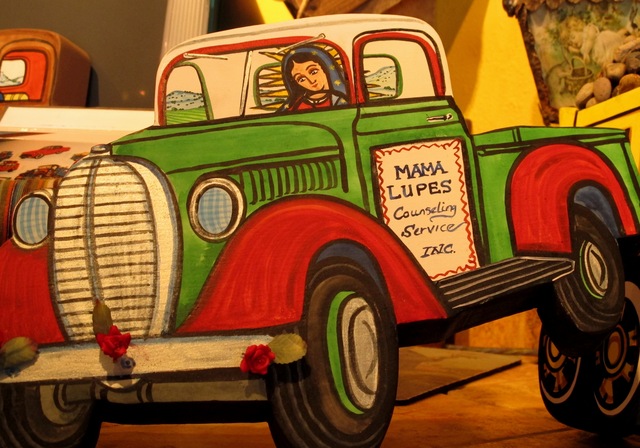
Our Lady of Guadalupe by Charles M. Carrillo
The Santos of Charles M. Carrillo
by Lilo Bowman
Tucked along a quiet Santa Fe residential street you'll find the home of Dr. Charles M. Carillo who, in 1978, while working on an archeological dig at the Spanish colonial mission of Santa Rosa de Lima (circa 1734), discovered and was fascinated by an art form that would lead him on a 30-plus-year journey of studying and creating the New Mexican folk craft known as santos. Today, Charles is considered the foremost authority on the subject, and a master artist with pieces in the Smithsonian, the Museum of International Folk Art (Santa Fe), the Heard Museum (Phoenix, AZ), and the Denver Museum of Art.
Santos are paintings or carvings of Catholic holy images, such as saints, the Virgin Mary, and the Sacred Heart of Jesus. They were brought to the region by the early Franciscan missionaries and Spanish settlers during the 16th and 17th centuries. Each saint had a specific iconography easily recognized, even by the non-reader. St. Anthony, for example, was portrayed with a stem of lilies (for chastity), while St. Biagius, also called St. Biago or St. Blaise and known for curing sore throats, was depicted with his hand on a child's throat. Although the type of the work might vary from one artist to the next, the iconography was always consistent.
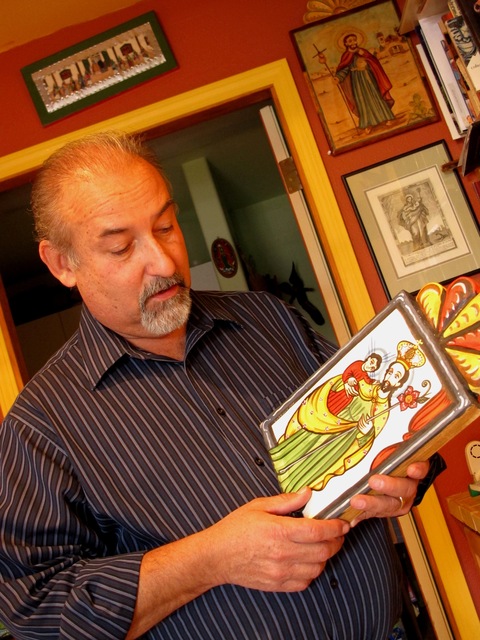
Charles holds a Santos of St. Joseph
Traditionally, santos were used to decorate churches and personal residences; however, it was difficult to transport them from Mexico and Spain at that time, making them rather scarce in New Mexico. Engraved-paper holy cards were easier to bring into the area, and soon untrained local artists began using these black-and-white cards as models to paint (or carve) santos for their own communities.
Using locally gathered wood (e.g., aspen, cottonwood root, and pine), natural-pigment paints, and natural varnishes, these folk artists were able to provide works to a large number of individuals and churches in their respective regions. As tourists began to arrive on the railroad (1880-1940), they purchased santos as souvenirs, and soon these objects became popular with both collectors and admirers.
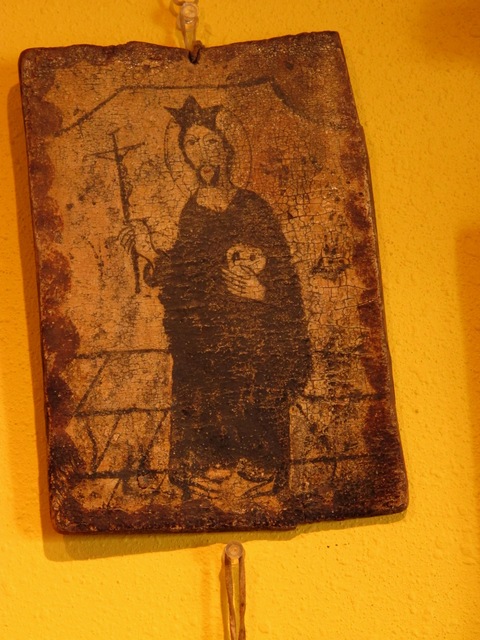
An antique santos depicting St. Aloysius carrying a skull and a crucifix.
While researching documents about the colonial mission of Santa Rosa de Lima, Charles found many references to santos. His interest was piqued, and he attempted to paint his first piece, Santa Rosa de Lima, based on an historic picture from New Mexico.
Limited to the medium available at the time (acrylics), Charles was unable to achieve the traditional look he wanted. For hundreds of years, the peoples of New Mexico used water-based paints derived from plants, insects, minerals, and clay for a wide range of decorative arts. During the late '70s, few books were available that described how to create natural pigments and varnishes, and certainly none pertaining particularly to santos. Charles, however, found an article written in the 1940s that helped him develop his own pigment paints. In addition, his background in chemistry and biology helped him to devise his own formula for making pinon-sap varnish, which helps to seal the colors once the painting is completed.
To make the varnish, Charles uses a jar to collect tree sap that has fallen to the ground. Next, he pours grain alcohol over the sap; once the sap has dissolved, the tree sediment settles at the bottom of the jar and the varnish is decanted and ready for use. The final step of the process calls for the application of a thin coat of beeswax to add sheen.
In 2007, after making 11,000 pieces of traditional work, Charles wanted to make something new that would incorporate traditional Catholicism in a modern way, and that would continue to pay homage to New Mexico. Trucks and cars are prized there, which led to the creation of his “Saints on Wheels” series—a modern version of santos that incorporates the love of classic American cars. Flight out of Egypt, in which Charles depicts the Holy Family riding away in a circa-1942 sedan, is a typical example.
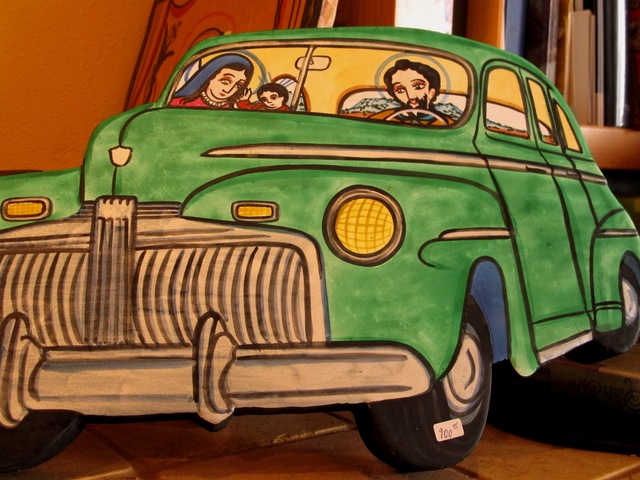
Flight out of Egypt by Charles M. Carrillo
Each piece in the “Saints on Wheels” series includes the traditional iconography, but adds a contemporary twist and a classic car. For example, Our Lady of Guadalupe maintains her traditional sunburst, veil of stars, and roses, but is given the modern name, Mama Lupe. Similarly, each saint is easy to identify as he or she drives along with the landscape of New Mexico in the background. With its whimsical imagery, Charles’s work is wildly popular with collectors—Catholics and non-Catholics alike.

A traditional santos of Our Lady of Guadalupe by Charles M. Carrillo
Among the numerous awards he has garnered over the years, in 2006 Charles received the Lifetime Achievement Award at the Santa Fe Spanish Market and the prestigious NEA National Heritage Award. When asked if he has had any negative reaction to his work, Charles says that the response has been overwhelmingly positive. The clergy is especially fond of his newer work which tells the traditional stories in a modern way. On the other hand, Charles has had to learn the distinctive features of various classic cars as car enthusiasts are quick to point out any inaccuracies.

St. Stephen by Charles M. Carrillo.
For the past 38 years, Charles has exhibited his work in the Spanish Market of Santa Fe, as well as in various national museums. With its roots firmly planted in tradition, the work of Charles M. Carrillo—whether strictly traditional or with a contemporary twist—continues to foster both the spirit and unique artistic heritage of New Mexico.
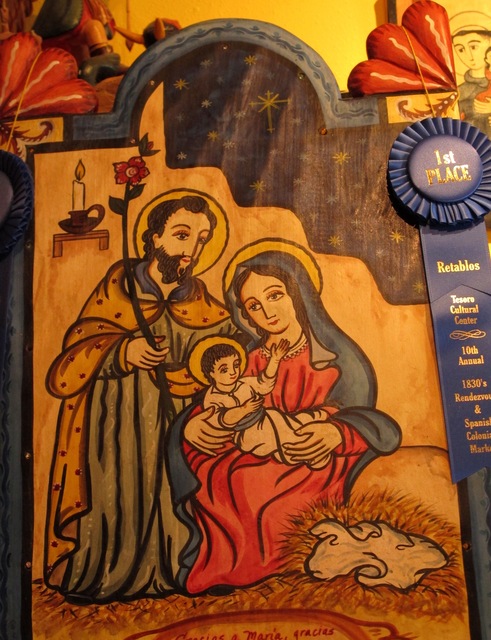
The Holy Family by Charles M. Carrillo.
See a slide show of Charles' work here.
You may reach Charles M. Carrillo here or visit his website here.
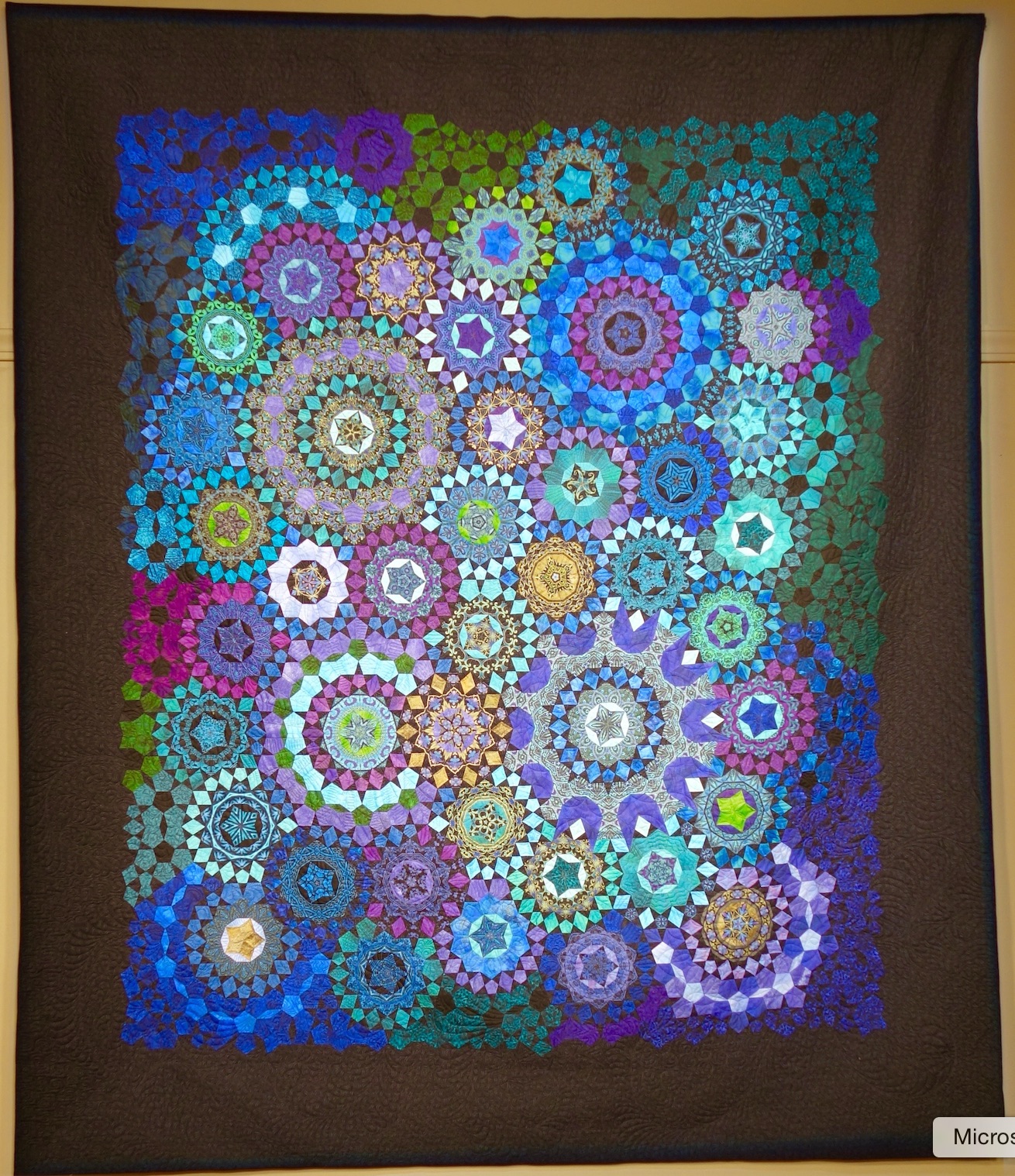





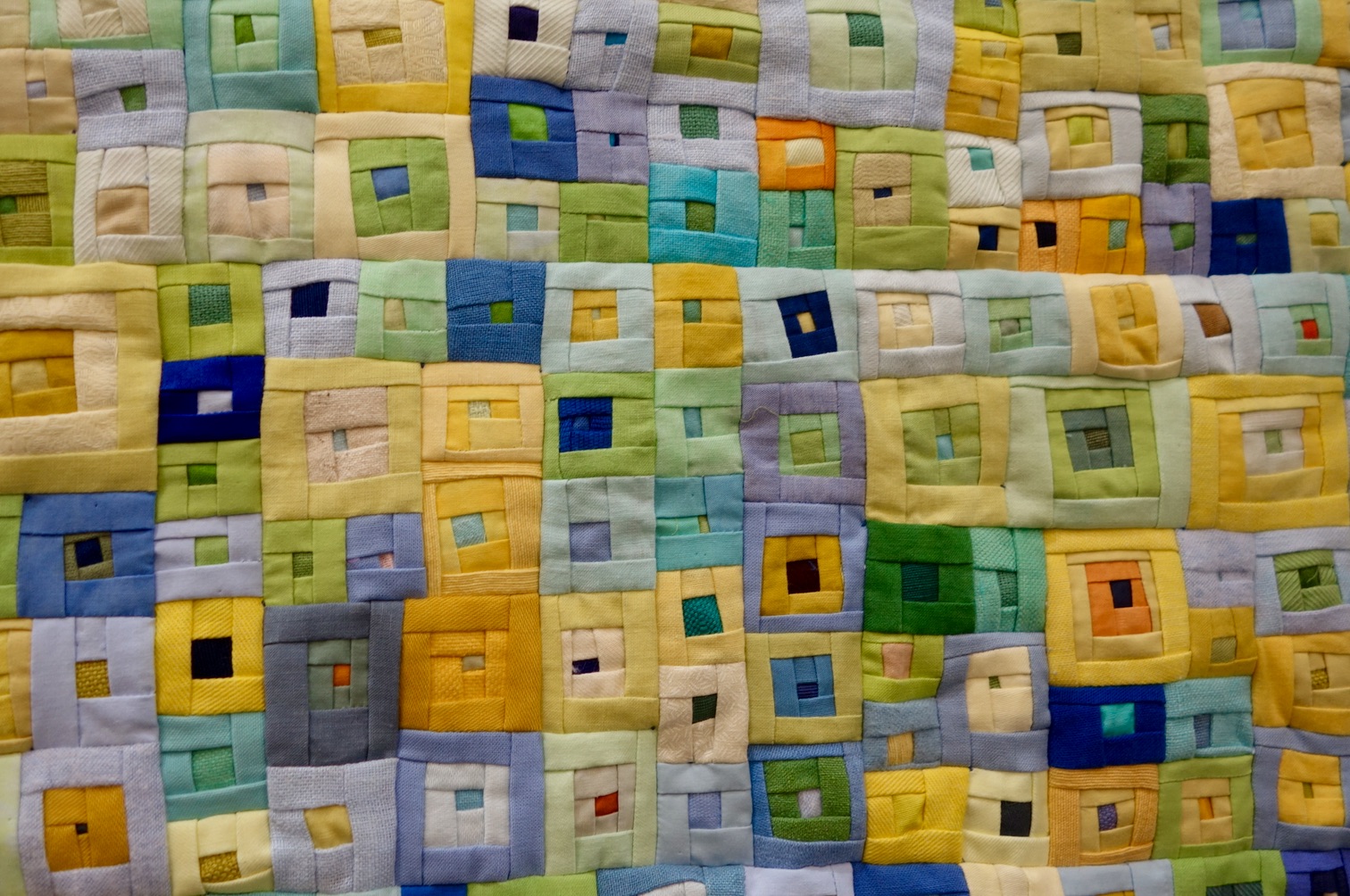
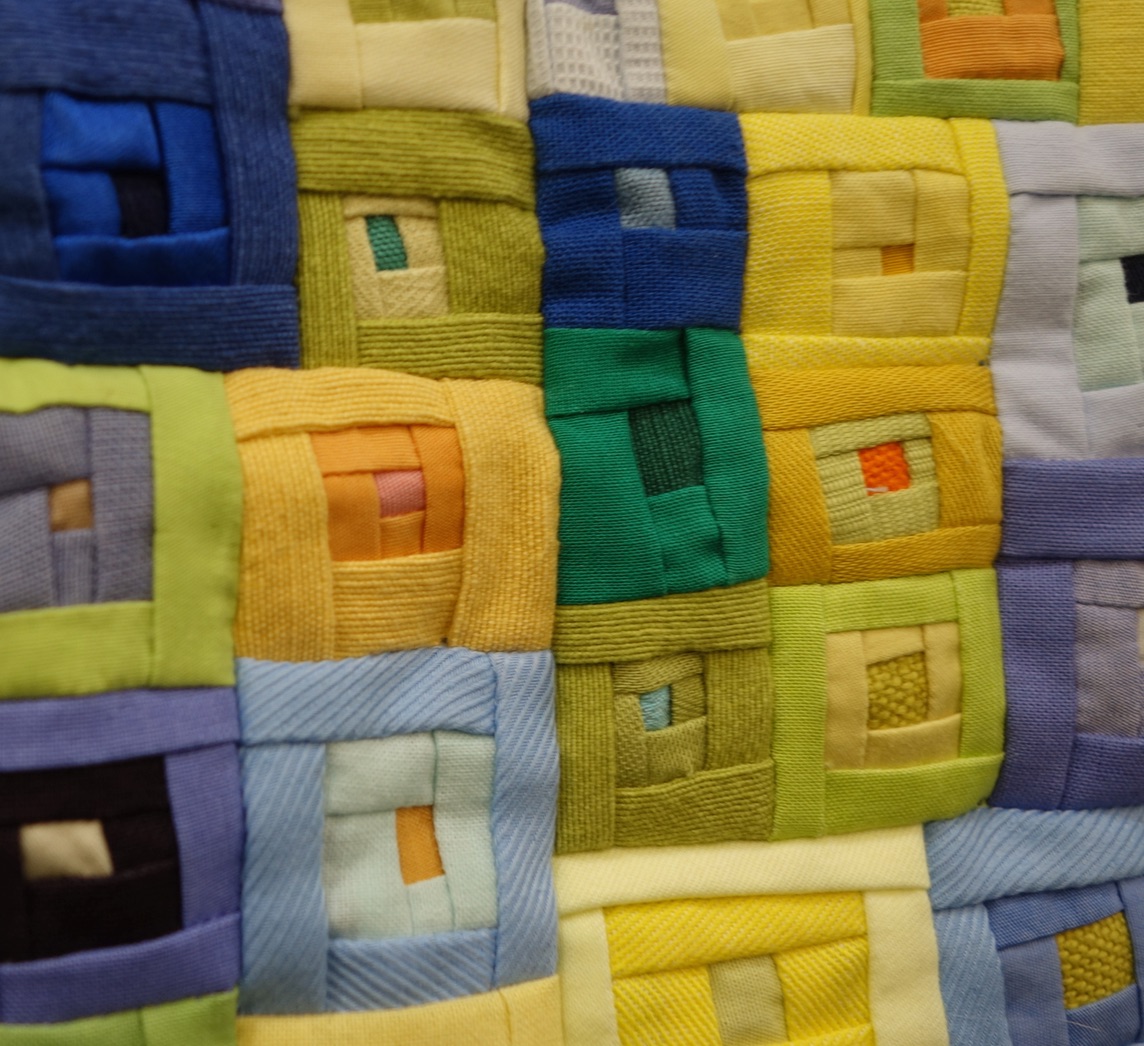
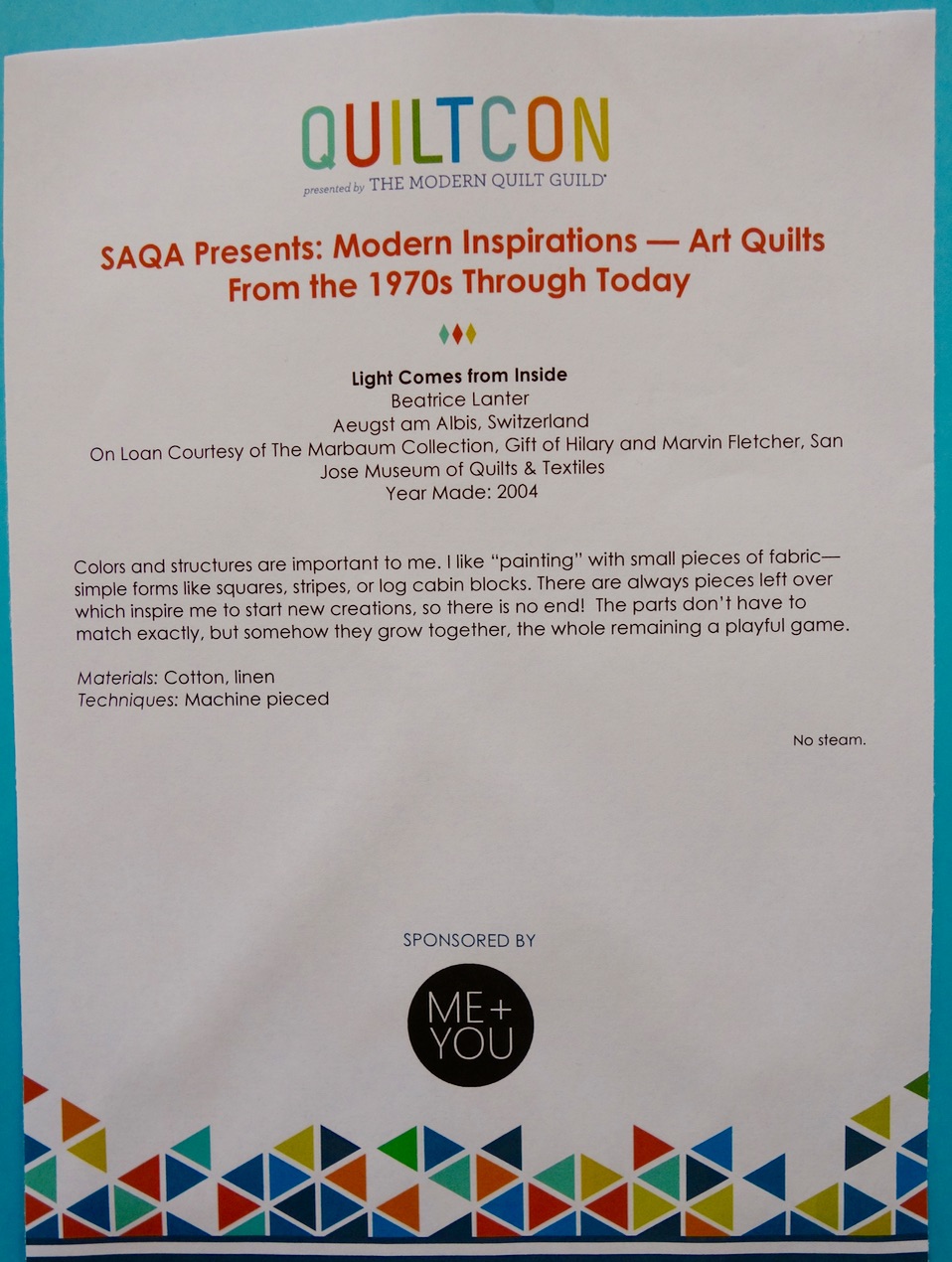

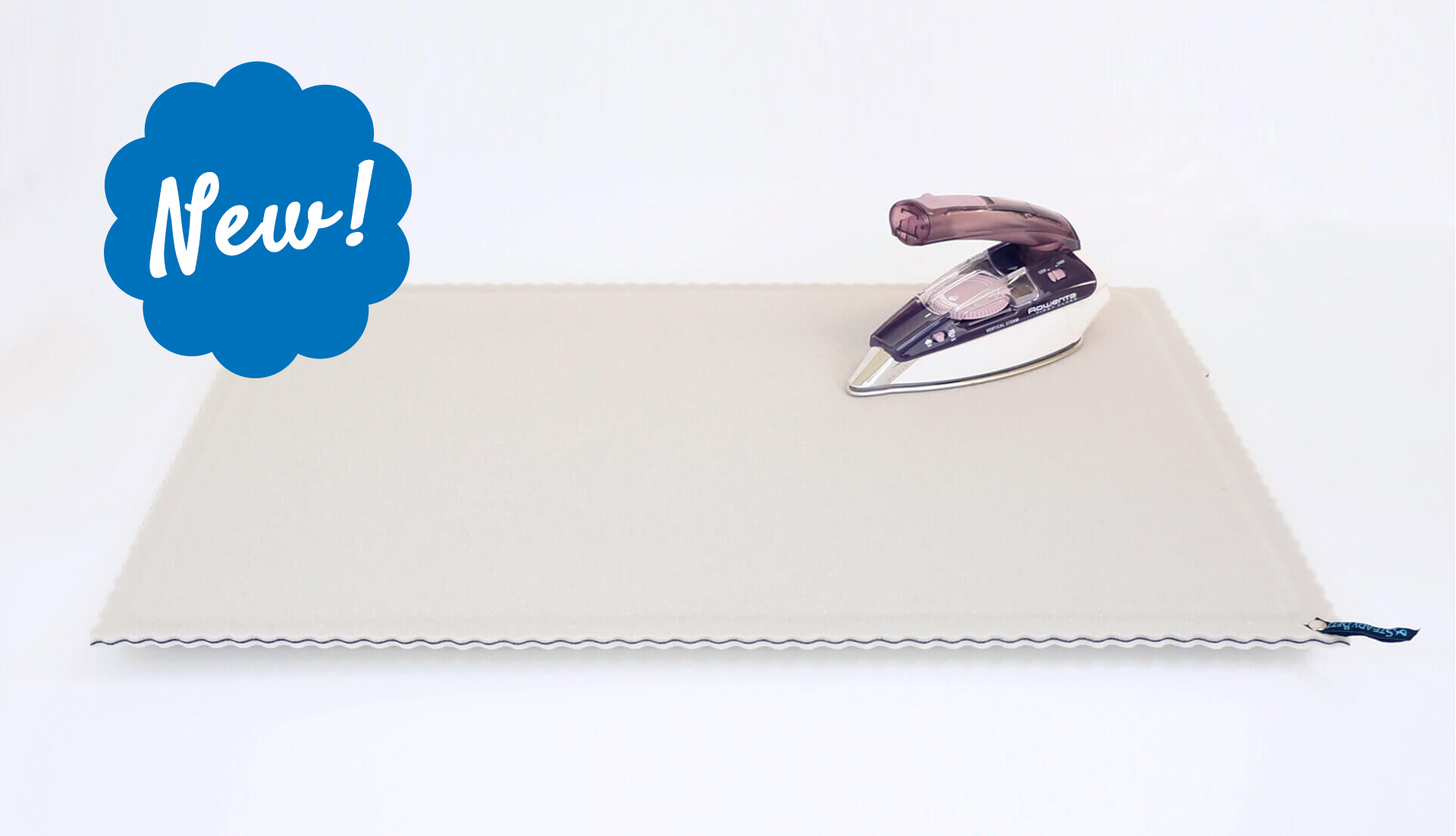









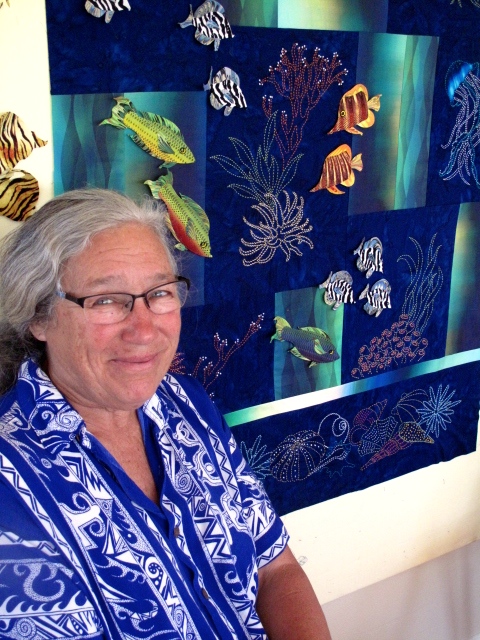
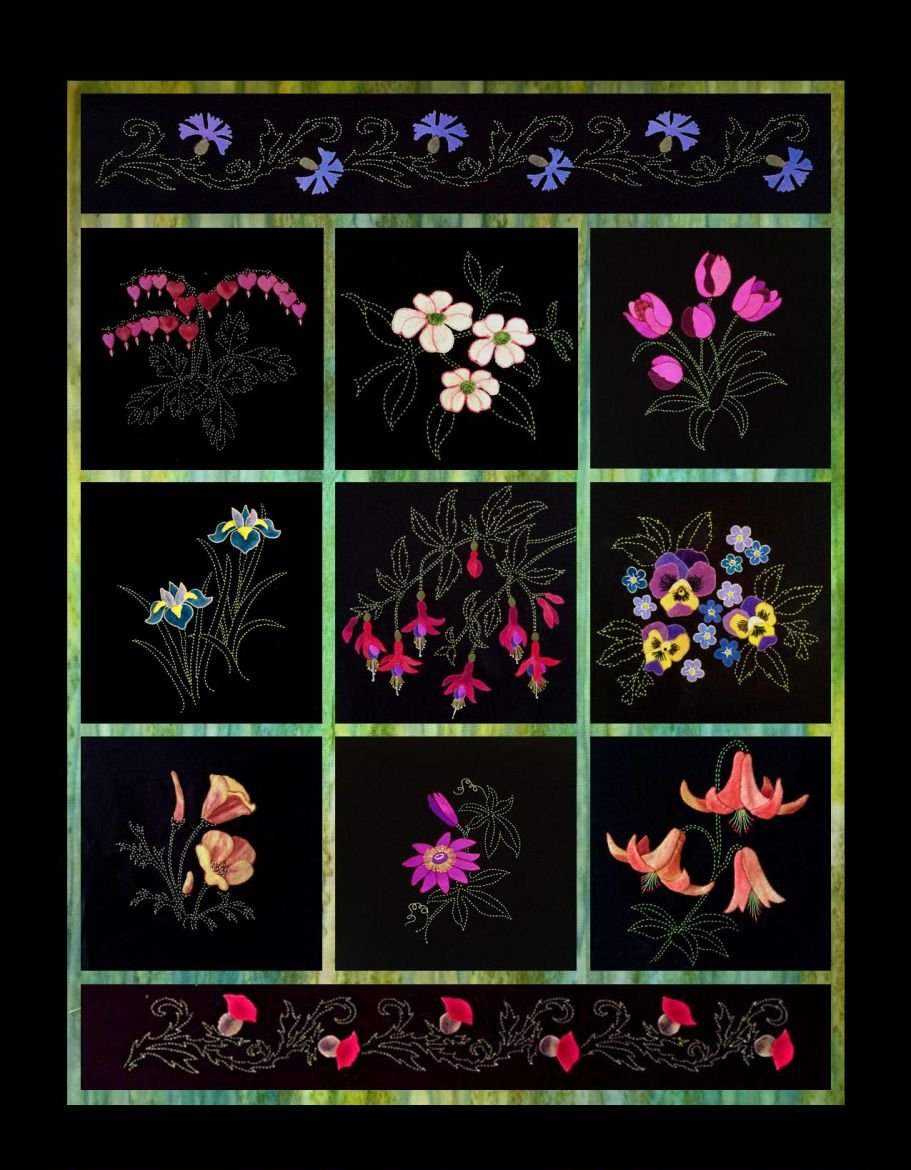


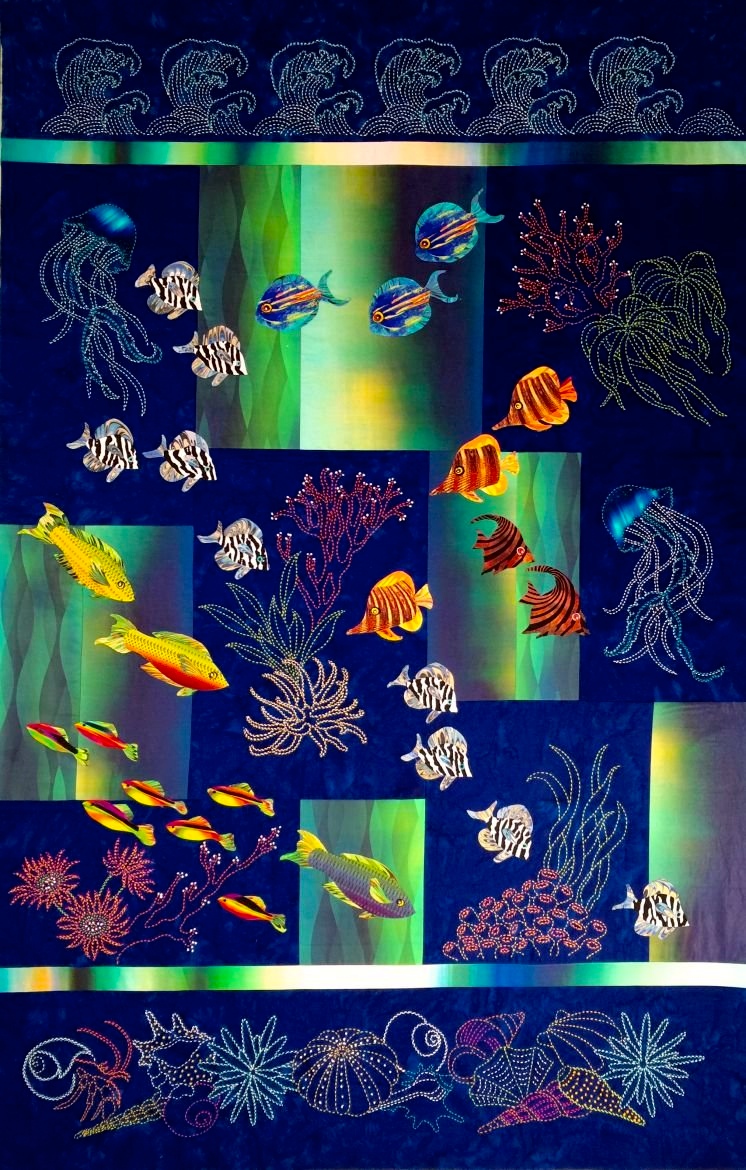

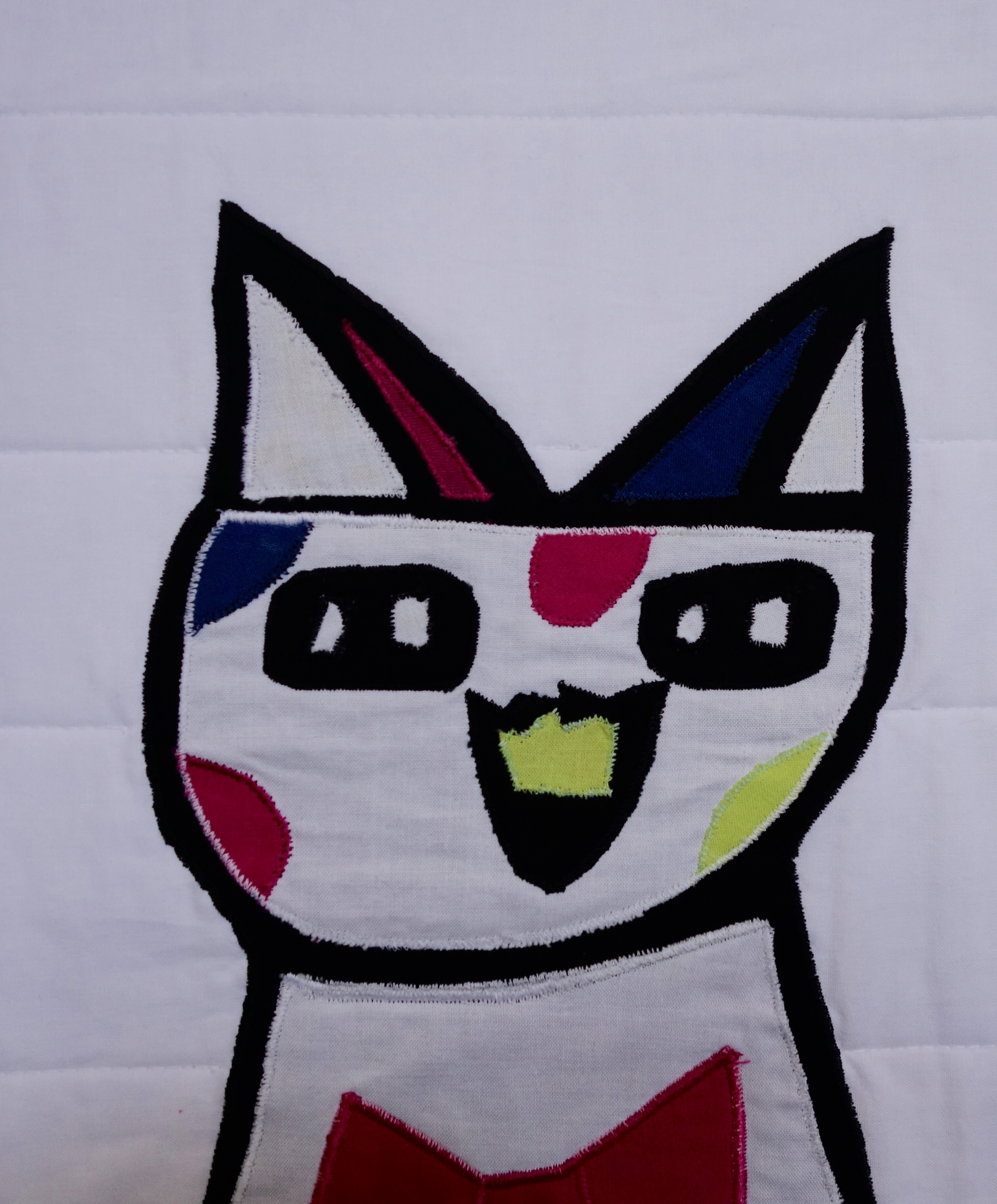
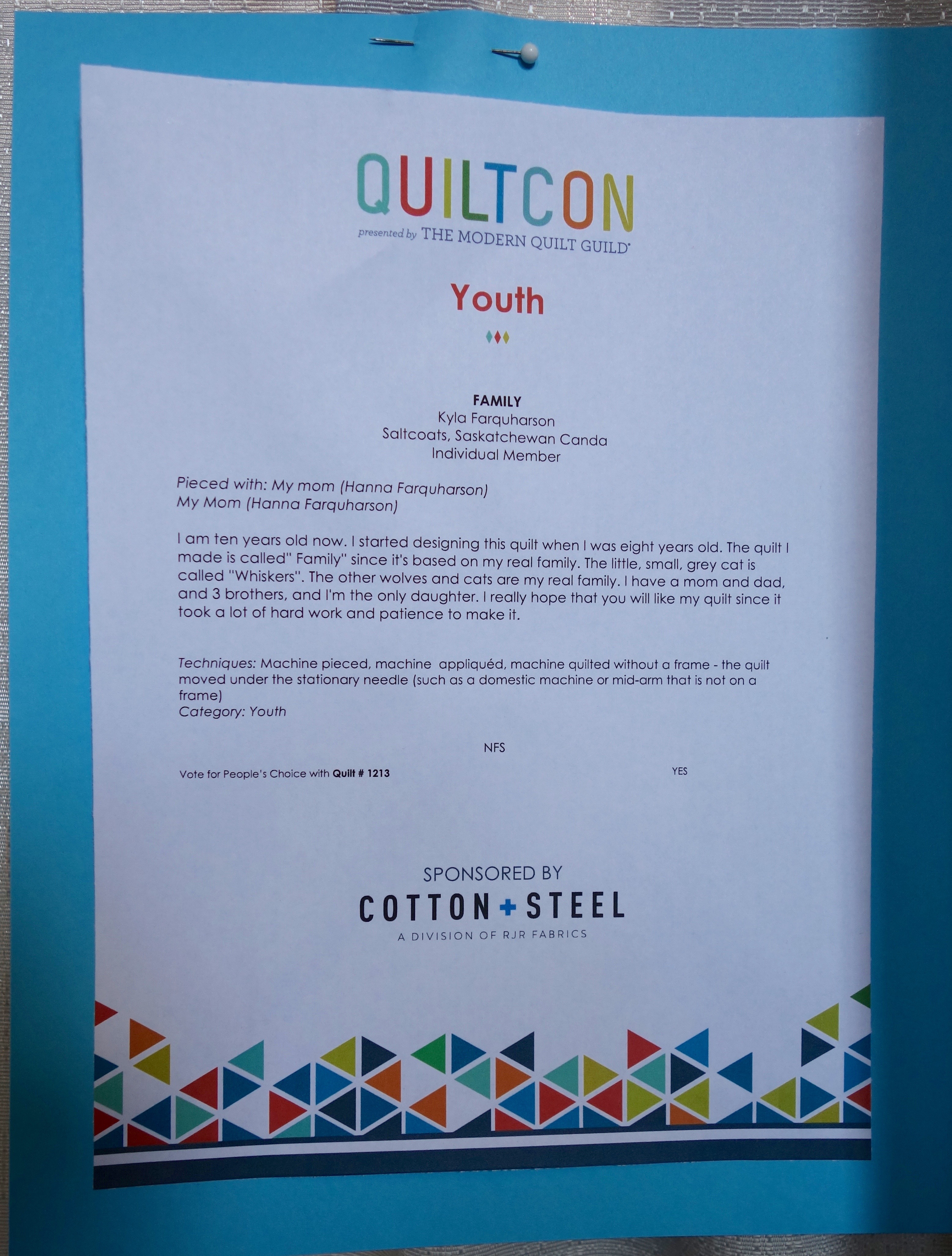


.jpg)


